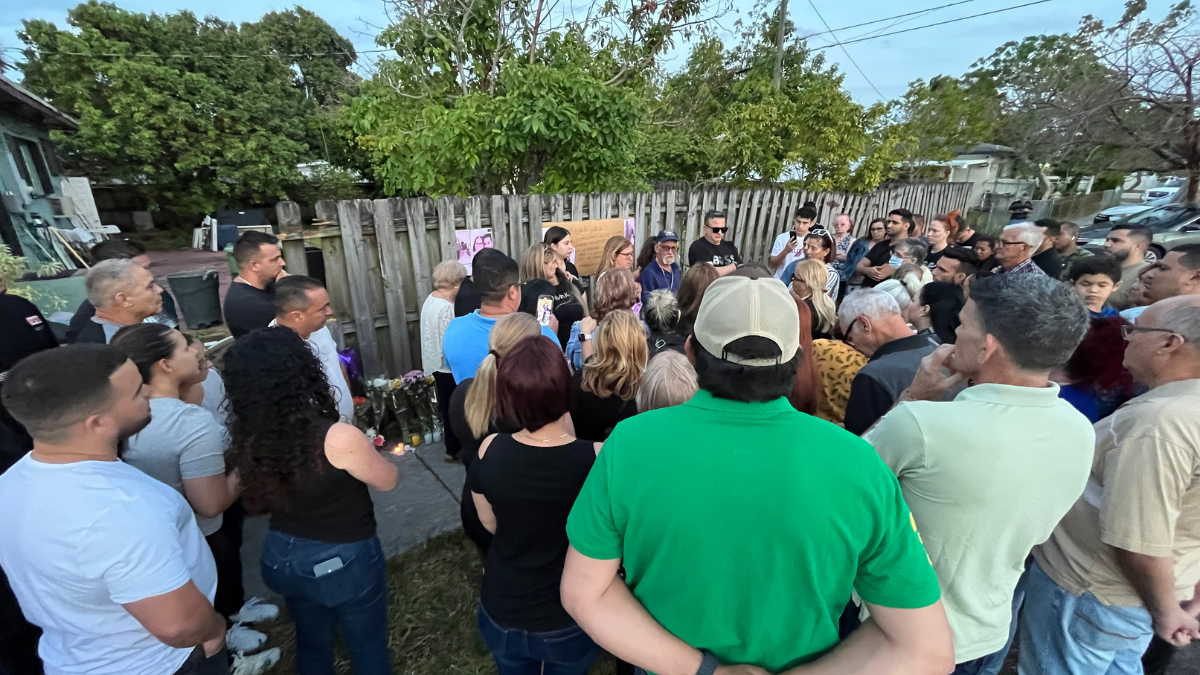Florida continues to grow as it attracts people from other parts of the U.S., but that growth is projected to slow in the coming years as groups that have been moving to Florida in droves get older, according to state economists.
The Legislature’s Office of Economic and Demographic Research released a report this week that showed the state’s estimated population in April was 22,634,867, an increase of nearly 359,000 people, or 1.61 percent, from a year earlier.
The increase was bolstered by the number of people moving to Florida from elsewhere in the U.S. being “the highest number it’s ever been,” according to Stefan Rayer, population program director with the Bureau of Economic and Business Research at the University of Florida.
"Florida tends to gain the most domestic in-migrants from the larger states in the Northeast and South, especially New York, New Jersey, Pennsylvania, Georgia, and Texas," Rayer told NBC6.
Get South Florida local news, weather forecasts and entertainment stories to your inbox. Sign up for NBC South Florida newsletters.
But, there has still been out-migration flows to states in the South, especially Georgia, Texas and North Carolina., according to Dr. Rayer.
"On balance, these in- and out-migration flows result in net domestic gains from states primarily in the Northeast and Midwest, and net domestic losses to other states in the South," Rayer added in his statement to NBC6.
“Population growth is still growing strong in the state. Slightly more than the year before, but still, if you compare long-term averages which have been just under 300,000, it’s been really remarkably strong,” Rayer also said during a Nov. 28 meeting that led to this week’s report.
Local
Population projections through 2028 show growth could begin to taper off. The rate of growth is expected to slow to 1.51 percent next year, 1.37 percent in 2025, 1.3 percent in 2026, 1.24 percent in 2027 and 1.18 percent in 2028.
While the rate would slow, the population would still increase by an average of about 300,000 people a year during the period. Senate President Kathleen Passidomo called attention to that in a Nov. 9 memo to senators announcing plans to make changes in the health-care system to try to accommodate anticipated demand.
“In fact, our estimates suggest that over the next five years, our population will grow by almost 300,000 new residents per year, over 800 per day. That is like adding a city slightly smaller than Orlando, but larger than St. Petersburg every year,” Passidomo wrote.



